Related Posts
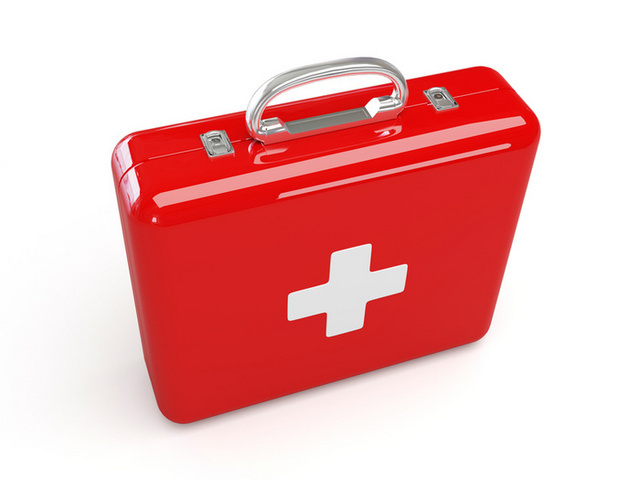
When it comes to making a bug out bag, or having an emergency bag for long road trips, or camping, and hiking trips. One of if not the most important items you need for your emergency gear is a first aid kit. And while they can be bought almost anywhere, there contents can vary depending on there size or price range.
Regardless of your budget there are some items you should always have present in your first aid kit. Here is a list of 12 things I recommend everyone have that aren’t always included in an off the shelf first
1. First aid manual
Before you go out on that camping trip or in the event of an emergency you should have some form of first aid training, be familiar with CPR and how to administer basic first aid until help arrives. That being said it’s always a good idea to have a manual you can refer to if your skills are rusty, panic and forget because of stress, or your dealing with an injury that is life threatening and above your knowledge level.
Make sure you read your manual and bookmark areas that you think are important. It’s also a good idea to keep an emergency contact list in your manual. This makes hunting for it when your adrenaline is pumping faster and easier to find.
2. Medical information
Another item you want to include in your first aid kit, even though it’s technically not an item is medical information. For example if you’re on a hiking trip with a friend and they have a medical condition that requires medication, you need to know how to administer it, and have it one hand.
3. CPR mask or shield
These come in different forms, from a simple plastic piece that lays over their face, to complex masks. All of these have some type of one way valve that allows you to blow air into their lungs. Using one of these types of masks or shields greatly reduces your chances of catching something from them.
4. Gloves
When it comes to first aid you have to always remember to protect yourself as well as provide aid to whoever is in need. Like a CPR masks, gloves help prevent you from getting infected by what they have. Always put gloves on before you start touching them and applying whatever aid you can.
5. Notepad and pen
Okay this ones not really a first aid item, but it’s still important to have. Having this means you can take down information on their condition to give to paramedics, keep track of changes to their condition, and keep track of your own first aid supplies and emergency gear.
6. Hand cleaner
In an ideal situation you would have access to soap and hot water to properly wash your hands. Most likely though in the event of an emergency, or your in the middle of nowhere on a weekend hiking trip your not going to have access to those. Your first aid kit should always have on hand some type of disinfectant.
7. A way to clean your eyes
It’s always a good idea to have a way to flush out your eyes if an object becomes lodged. This can include a small bottle of eye wash solution, or simply a small cup or goggles you can use to rinse out your eyes.
8. Scissors
I’m surprised this isn’t a standard item, but there are still tones of first aid kits that I’ve seen that don’t include a good pair of scissors in them. Whatever type you choose they have to be sharp enough to cut through not just bandages but clothing as well to remove obstructions from a wound.
9. Antihistamine
I don’t consider this a vital item, but it’s still a good one to have in any first aid kit. Keep this on hand to help anyone who may be suffering from a severe allergic reaction.
10 Tweezers
Another item (and one that’s dirt cheap) that’s overlooked a lot are tweezers. These can be used to remove small bits of debris, stingers, ticks, splinters, or hang nails.
11. Plastic bags
When it comes to using plastic bags I go for freezer bags because there a little larger, but regular sandwich bags will work fine as well. They can be used to help organize your first aid kit, keeping all your band aids together for example, or keeping all your gloves together. If you have multiple sizes of gloves I also recommend you label the bags with their size.
12. Military Field Dressings
If you can get your hands on some of these, they make an excellent addition to your first aid kit and emergency gear. Field dressings are pre packaged and sterilized. They can be used for large wounds and are designed to be applied quickly to wounds, where more traditional triangular bandages require some skill to properly tie. They can also be used not just as bandages, but to tie off splints for broken bones, and be used as a sling.
How To Prepare For An Earthquake (Part 1)
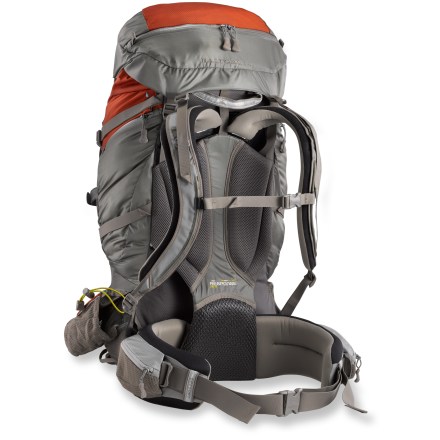 Previous Post
Previous Post
So you’ve decided to make a bug out bag, you’ve picked all the items you know will be the most effective. But what about the bug out bag itself? Selecting the right pack is just as important as what you put inside it, after all this will probably be on your back for a good length of time................

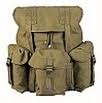

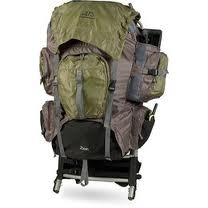
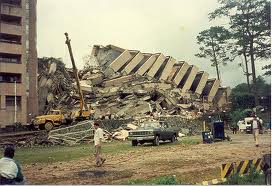

HTML Comment Box is loading comments...